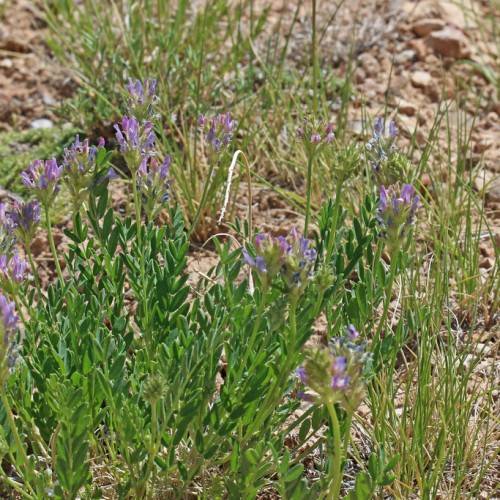
Laxmann's Milk Vetch
Astragalus laxmannii var. robustior
Also Known As - Rattle Milk Vetch,Standing MilkvetchWatering:
Frequent
Hardiness Zone:
Flowers:
Flowers
Sun:
full sun,part shade
Fruits:
Fruits Ready In Summer
Leaf:
Yes
Growth Rate:
Low
Drought Tolerant:
Yes
Salt Tolerant:
Yes
Care Level:
Medium
watering
Water Spiny Milk Vetch at least once a week. The frequency of watering may increase to once every 3-4 days during hot and dry conditions, and may reduce to once every 2-3 weeks during cooler or wetter conditions. Make sure the soil remains evenly moist but not waterlogged. Water early in the morning or in the evening to reduce any potential water loss due to evaporation.
sunlight
Spiny Milk Vetch requires full sunlight for optimal growth. Generally, 6 to 8 hours of direct sunlight every day is enough for the plant%u2019s growth and health. However, the plant can tolerate partial sun or dappled shade as well. Sunlight in the morning is best for Spiny Milk Vetch, and if the plant receives too much afternoon sun it can scorch the foliage.
pruning
Spiny Milk Vetch (Astragalus kentrophyta var. kentrophyta) undergoes light pruning to maximize its flowering potential. Prune lightly in the spring, just before the plant begins to bloom. The goal should be to remove those shoots that are looking droopy or woody. This will help reduce the stress on the plant and give it a more compact, attractive shape with more blooms. Pruning is done selectively and any dead or broken branches should be removed. As with any pruning, be sure not to cut back too far and avoid damaging the base of the plant.
